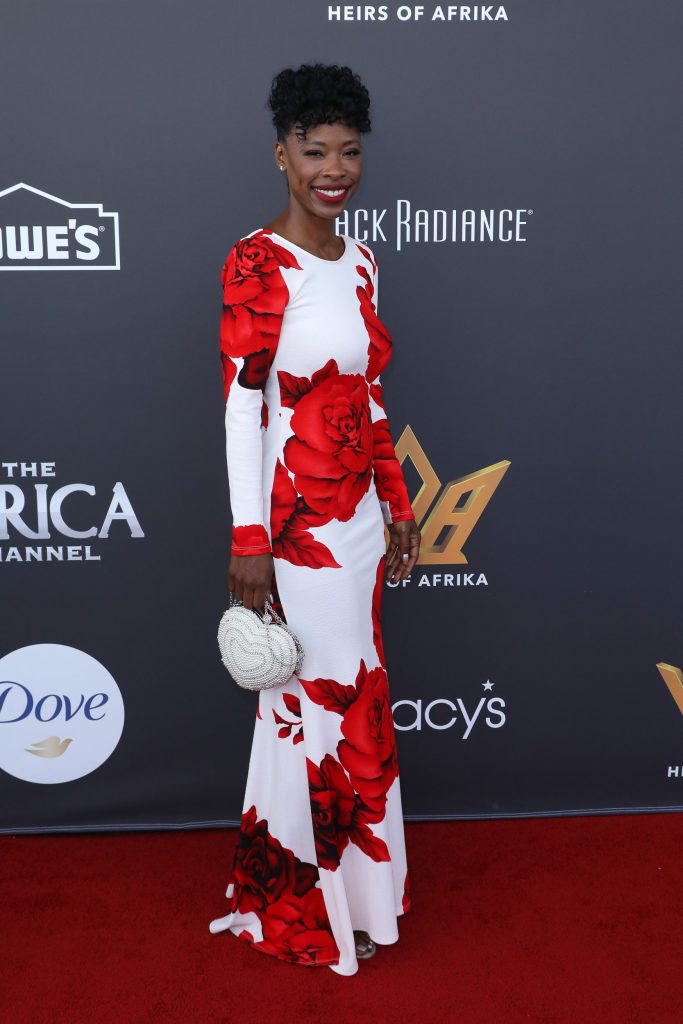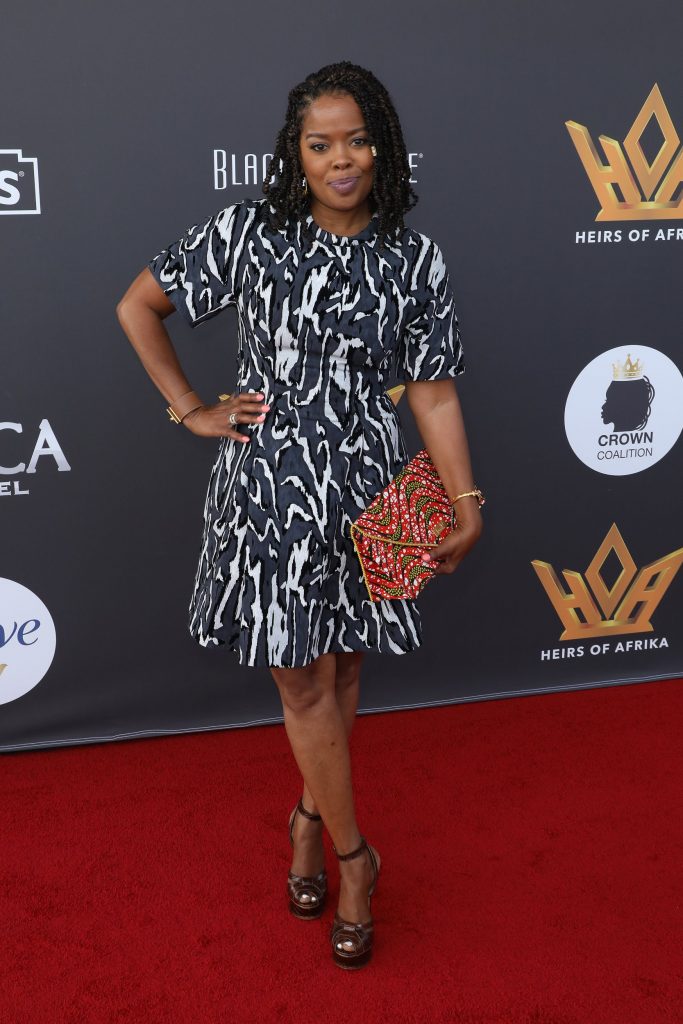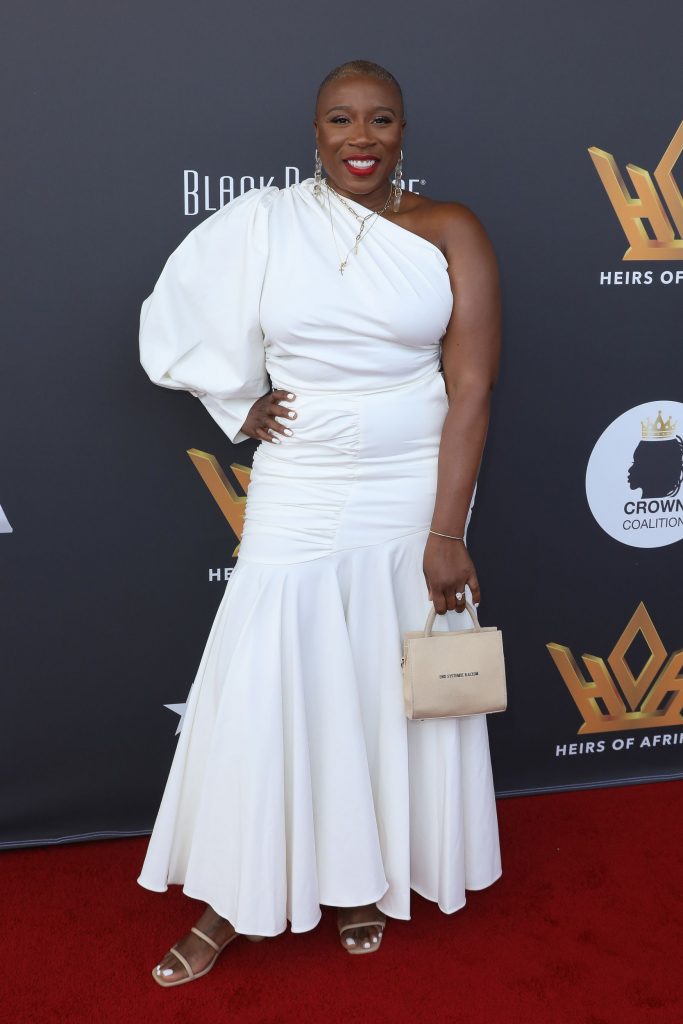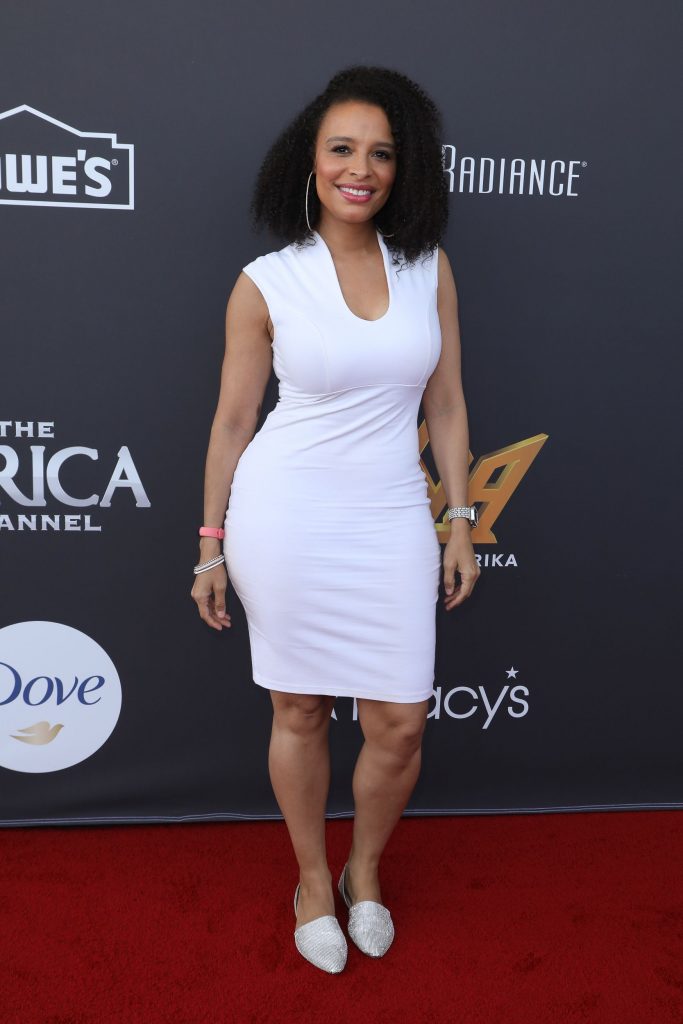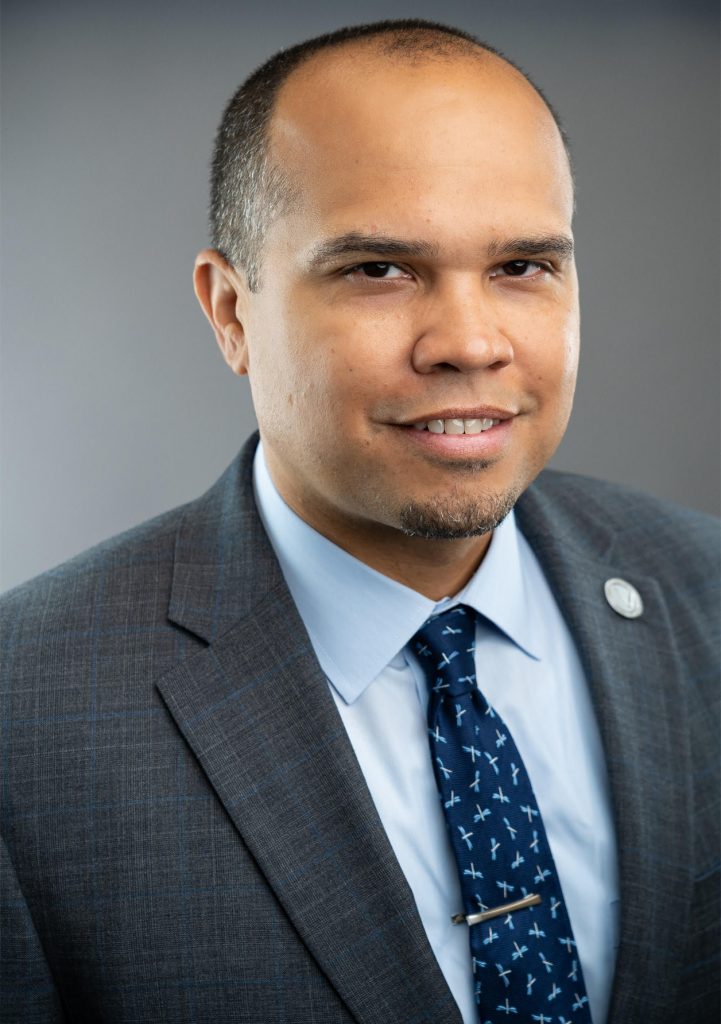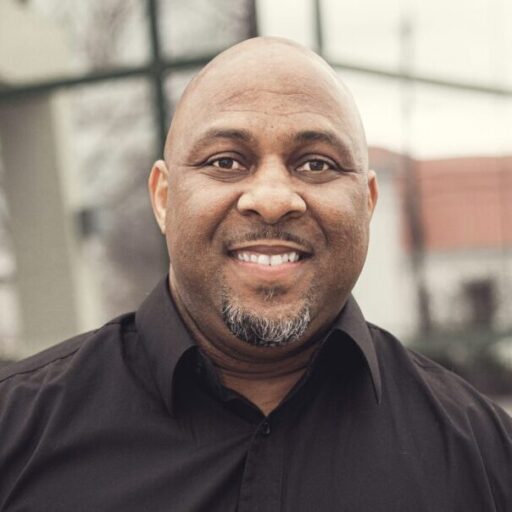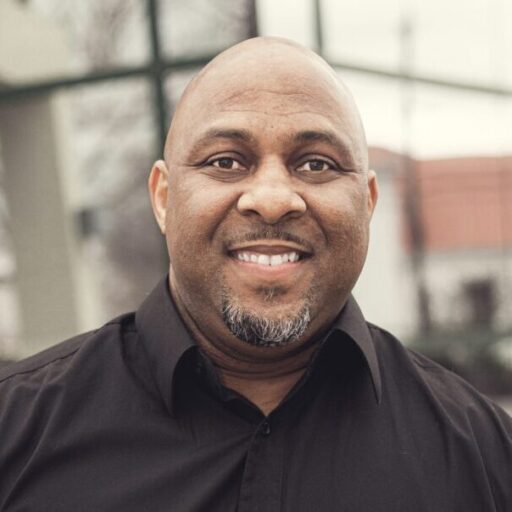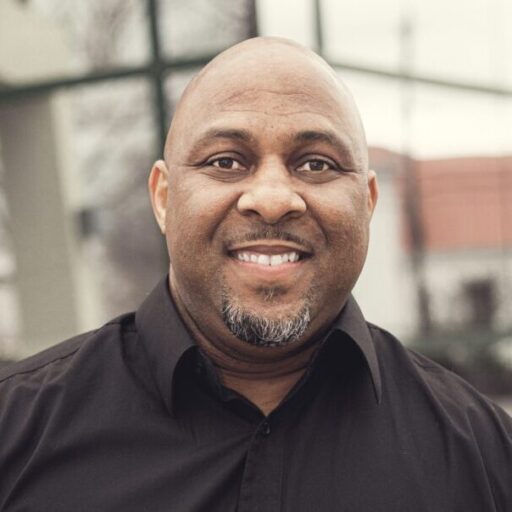RED CARPET PHOTOS ++ Koshie Mills Presents Heirs Of Afrika 4th Annual International Women Of Power Awards
Heirs Of Afrika Founder Koshie Mills Unites Black Women From Around The Globe To Celebrate Sisterhood And Excellence At The 4th Annual International Women Of Power Awards
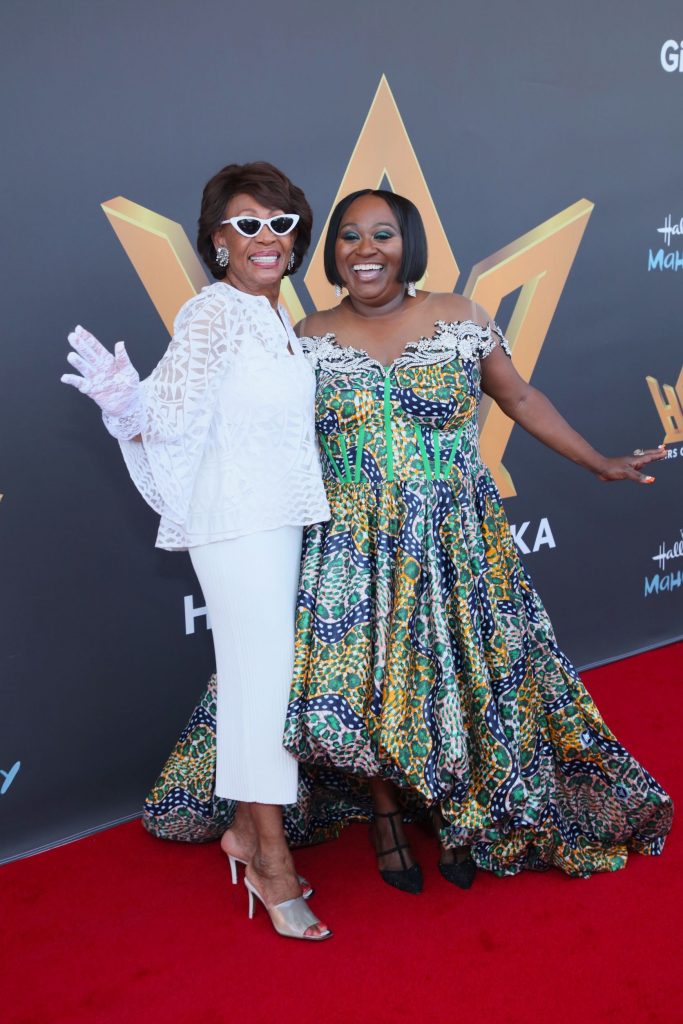
Heirs Of Afrika 4th Annual International Women Of Power Awards was a star-studded event held on August 8th, where illustrious black women of power and inspiration came from around the world to attend. Mills, a Hollywood powerbroker and Executive Producer of the show, manifested her passion to reconnect Africans on the continent with its global descendants in the diaspora.
The elegant, afternoon affair was created to honor black women who are change agents, thought leaders and dynamic representations in their communities. The royal platform allowed beauty, talent and service to shine. The diversity and kaleidoscope of black women in the room created a magical environment of inclusion. The power of excellence was displayed in the entertainment quality and program, hosted by Disney’s High School Musical Alum, philanthropist and first UN Youth Champion, Actress Monique Coleman.
Heirs Of Afrika featured its Signature Throne Room where the queens were photographed in their royal element. The show commenced with a powerful ancestral welcome and affirmation. Attendees were invited to declare, “I AM A DAUGHTER OF THE SOIL and I AM A SON OF THE SOIL. The moment permeated the air with its culturally fragrant atmosphere and set the tone for the palpable love, camaraderie and positive energy in the ballroom.
Live entertainment electrified the crowd with the sound of African drums, while Grammy winning gospel artist Mali Music crooned to the audience with his songs “Blessed” and “Beautiful.” The intimate crowd of women laughed, cried, danced, and experienced a soulful reawakening, which is a testament to the need and reason why Founder Koshie Mills curated this safe space to fuel black women with love. The event ignited the movement and cemented the connection between Afrika and it’s Heirs in the diaspora.
Eight women of power from across various industries were honored:
- Congresswoman Maxine Waters – Warrior “Adinkrahene” Award (Congresswoman 43rd District/U.S. House of Representatives)
- Ilwad Elman – Heirs of Afrika “Sankofa” Award (Nobel Peace Prize nominee 2019 philanthropist),
- Ivy Mcgregor – Heirs of Afrika “Sankofa” Award (CEO of Ivy Inc./Director of Social Responsibility for BeyGOOD),
- Opal Tometi – Social Justice “Nyansapo” Award (Human Rights Activist/Co-Founder of Black Lives Matter)
- Nandi Madida – Goddess Beauty “Duafe” Award (South African Singer/Actress),
- Halima Aden – Fashion Queen “Nsaa” Award (Sports Illustrated & Vogue Somali American Fashion Top Model)
- Alexis Kerr – Lionheart Business “Akofena” Award (VP Hallmark Mahogany)
- Ledisi – Entertainment Roar “Nya Gyidi” Award (Grammy Winning American R&B and Jazz Artist)
Celebrity presenters included Karimah Westbrook of the critically acclaimed “All American” series on The CW, Aisha Hinds of FOX “9-1-1”, Antonique Smith, best known for her role on National Geographic’s “Genius: Aretha,” and Youtube beauty influencer, Shalom Blac.
Special guests in attendance Kofi Siriboe (Own “Queen Sugar”), Kwame Boateng (“The Plug”), Kwesi Boakye (TNT “Claws), Malinda Williams (Paramount Pictures “Soul Food”), Nyakim Gatwech (American Model), and Chris Attoh (Ghanaian Actor) and many more.
Field Deputy Jennifer LaMarque presented CEO and Founder, Koshie Mills with the County of Los Angeles Commendation in recognition of dedicated service to the affairs of the community, and for the civic pride demonstrated by numerous contributions for the benefit of all the residents of Los Angeles County. The commendation was signed by Janice Hahn Supervisor, 4th district.
The awards ceremony was sponsored by brand partners Black Radiance, Dove, The Africa Channel, Macy’s, Lowe’s, GirlTrek and presenting sponsor, Hallmark Mahogany.
Says Koshie Mills “Black women are strong, beautiful, intelligent and the spiritual conscious of their households, yet they are rarely celebrated. My goal with Heirs of Afrika’s International Women of Power Awards is to change the narrative by demonstrating the magnificence and resilience of Black women around the world.”
“This is a very dangerous event. When you inspire me like this, I go to Washington and I take on everybody.” says Congresswoman Maxine Waters.
“Women are the Backbone and the Future, That is why we need THIS!” – Actress Ryan Michelle Bathe
“The Event was Phenomenal, I left feeling Euphoric and Empowered.” – Guest, Victory Jones
“Today I claimed my inheritance…” – Honoree, Ivy McGregor
“I’ve always felt like an African living in America. I believe we are sisters by bloodline and that makes us family”. – Actress Yvette Nicole Brown.
“The Cross Pollination is long overdue.” Actress Nomzamo Mbatha
“We are standing in our purpose as black women of power, in all the divineness that we are…” – Honoree Alexis Kerr (VP Hallmark Mahogany)
“I have always loved Koshie and her mission. We are all a part of the diaspora and her inspiration to make the connection.” – Actress Melinda Williams
“This was such a glorious life affirming event! So much love, grace and POWER in the room. Momentous!” – Guest Kiki McKnight
To find out more about Heirs of Afrika, follow us on social media.
Follow Heirs Of Afrika:
Twitter: https://twitter.com/heirsofafrika
Instagram: https://www.instagram.com/heirsofafrika
Facebook: https://www.facebook.com/HeirsOfAfrika/
Malinda Williams, Aisha Hinds, Antonique Smith, and Karimah Westbrook arrives at Koshie Mills presents Heirs Of Afrika 4th Annual International Women Of Power Awards held at the Marina del Rey Marriott Hotel on August 8, 2021 in Marina del Rey, Los Angeles, California. (Photo by Sheri Determan)
 Westside Story Newspaper – Online The News of The Empire – Sharing the Quest for Excellence
Westside Story Newspaper – Online The News of The Empire – Sharing the Quest for Excellence
